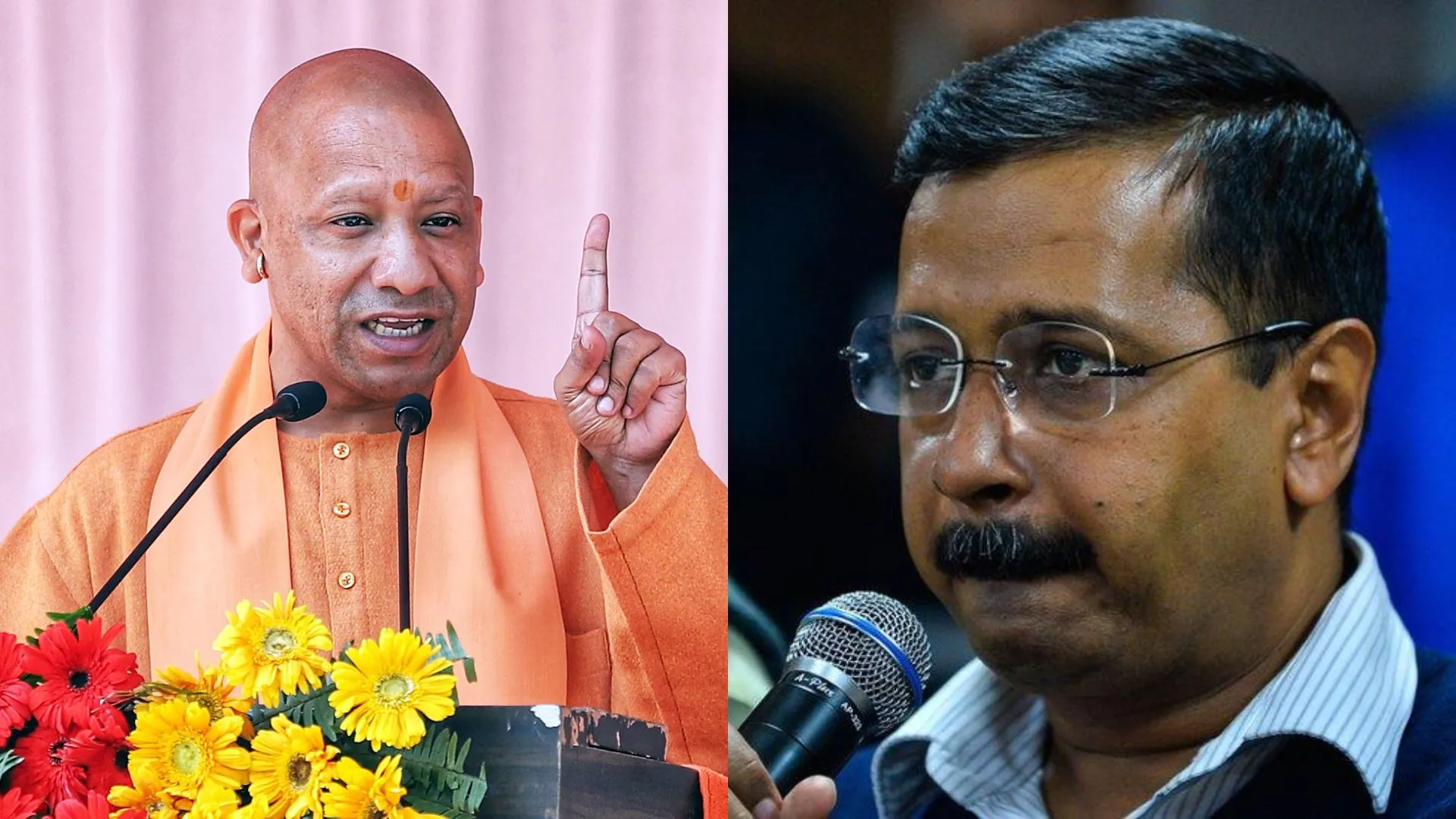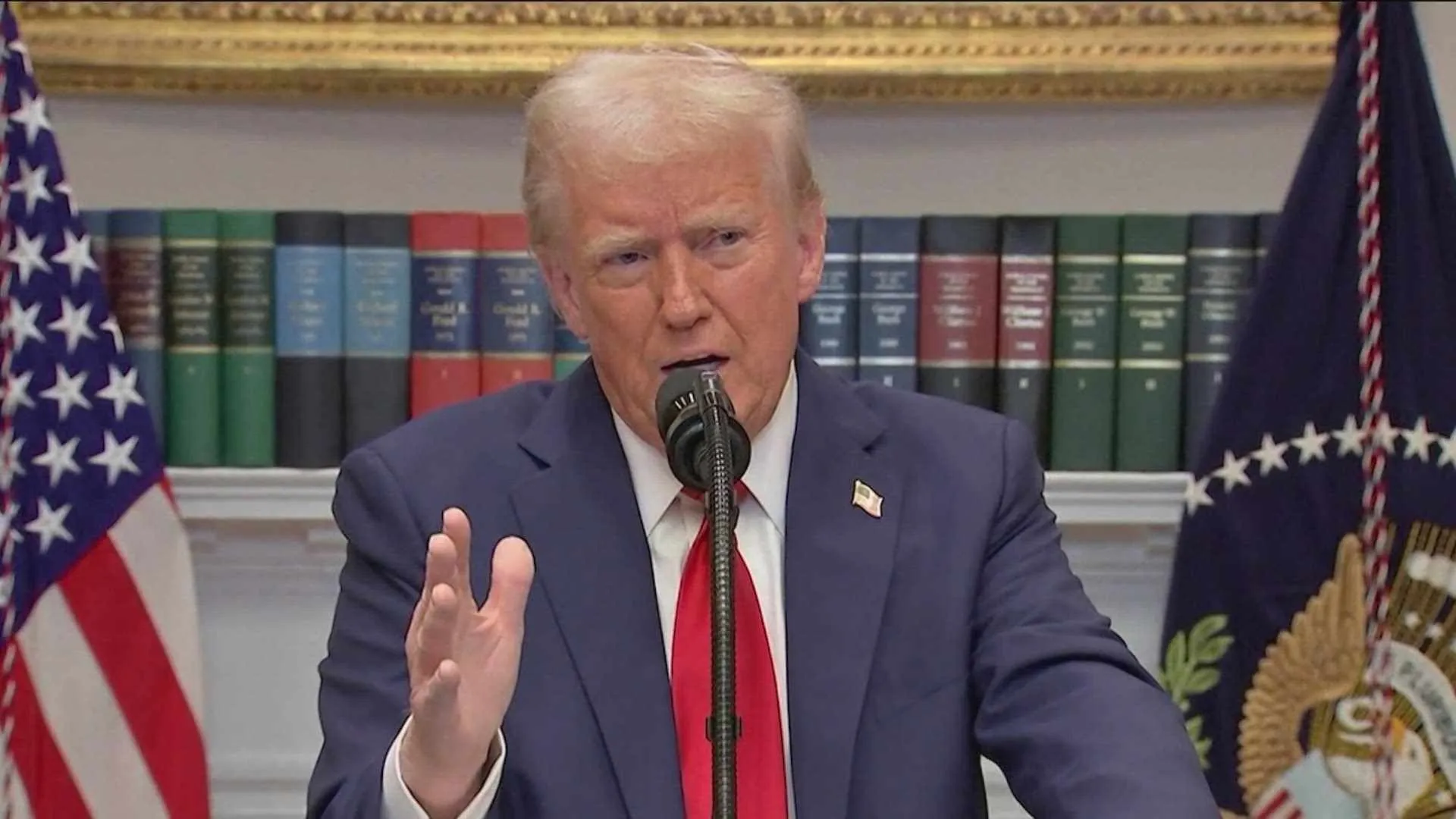INTRODUCTION
Enough has been written on the environmental policies of India, yet very little change is seen on the ground level. This begs the question – is anyone even listening? History is witness to the fact that horrible things have happened in India due to improper environmental enforcement infrastructure, and just when it seems that India is taking one step forward to improve the status quo, it ends up taking two steps backwards, leaving us right where we began. Throughout the evolving jurisprudence of India, there have been multiple times when the courts have stepped in (as will be evidenced by this paper), to protect our right to a clean environment enshrined under Article 21 of the Indian Constitution, however not a lot is improving on the enforcement level. What is going wrong? Is it the lack of political will or is it the inefficient monitoring of central and state enforcement bodies? This article shall fill these gaps and provide a robust report on the current Indian environment mechanism. While this piece might just end up in the pile along with the plethora of other papers written on this topic, it will still hope to educate the audience on the ground-level issues in the Indian ecosystem when it comes to enforcing environmental laws and policies.
THE IMPROVEMENTS IN THE INDIAN ENVIRONMENTAL LAW MECHANISM
While many negatives can be highlighted, it isn’t apt to not look at the positive steps taken by the legislature time and again to ensure that the citizens get access to a clean environment. Only after reviewing both the positives and the negatives can one conclude on which side the scale bends towards more. A major change towards improving the adjudicatory body for hearing environmental law disputes in India was the establishment of the National Green Tribunal (“NGT”) in 2010. The NGT replaced the National Environment Appellate Tribunal when the NGT Act, 2010 came into place. While it draws its power from the NGT act itself, some of its validity is also rooted in Article 21 of the Indian Constitution. Unlike the courts in India, the NGT was formed to bring a systematic change when hearing about environment-related appeals. The vision for the NGT was a one-stop solution for everyone involved in the decisionmaking process. There is no doubt that when it comes to the environment, speedy disposal of cases should be a given preference over the rest, and that is exactly what the NGT was set up to achieve. From its existence, the NGT has provided relief to thousands of people and has fulfilled its purpose on many occasions. Examples can be sought through the cases of Ms. Betty C. Alvares vs. The State of Goa and Ors., Almitra H. Patel & Ors. vs. Union of India and Ors. and Samit Mehta vs. Union of India and Ors. Except for these three cherry-picked cases, there are many examples in which this tribunal has tried its best to uphold the principles it has been founded on. But does that mean that it’s a perfect court for all environmental issues? Sadly not, the paper will discuss afterwards the issues involved with the fall of NGT during the recent times. In addition to the NGT, the Indian constitutional courts can hear appeals arising out of the NGT as well. In addition to these appeals, the court also has the writ jurisdiction to hear all environment-related matters, hence a lot of environment related cases end up going in front of the traditional courts in India. The courts which are usually overburdened take a long time to reach a conclusion on these cases which eventually becomes extremely harmful for the environment. There have been many issues with the enforcement of environmental law policies but there have been some positive steps taken on the part of the Supreme Court to mitigate a lot of damages to the environment as well. This is evidenced by the judgments in the cases of MC Mehta v. Union of India and the Vellore Citizen’s Welfare Forum v. Union of India.
REFLECTING UPON THE GROUND-LEVEL SITUATION
The fundamental reason for establishing the NGT, in addition to resolving disputes regarding environmental concerns with technical precision, was to lighten the overall burden of the higher judiciary as discussed above. However, with countless cases making it to the Supreme Court on appeal, the tribunal’s inception has only served to bolster the already complex judiciary system, unable to achieve its intended goal. In addition to this, there are often clashes between the appellate court and the NGT as well. The above statement is also substantiated by a statistic submitted to Indian Express which states that out of 35 cases where the NGT has imposed Environmental Compensation for violation of environmental law norms, 12 of them ended up in the Supreme Court due to appeals filed by the parties. Furthermore, the article also highlights a staggering 75% interference by the Supreme Court in matters of the NGT. This statistic stands out when compared to the Supreme Court’s interference in other cases such as Special Leave Petitions which stands at 43.79%. The interference of the Supreme Court raises a very important question, is the NGT competent enough to have the last say in environment-related matters? Given that almost 75% of cases in front of the NGT get interfered with by the Supreme Court, it destroys the purpose of having a court with special jurisdiction formed with the intention of speedy addressal of environmental concerns. Without a doubt, as soon as the Supreme Court takes cognisance of a matter, it will lead to a longlasting litigious suit, the likes of which many cannot afford. In recent times one of the important issues that have been raised is the delegation of a major chunk of the workload to expert committees. The NGT operates by assigning legal tasks to purported expert groups. Although the goal may be considered to obtain an unbiased opinion of the claimed infractions, this has led to a lack of judicial control. The fundamental principles of natural justice, which essentially state that everyone should be given the opportunity to be heard were frequently violated by the recommendations of these committees, as the recommendations of these committees have frequently been adopted automatically and without hearing from the parties who are likely to be impacted. Yet again, the Supreme Court sought to interfere with this practice of the NGT, and benches led by prominent judges such as DY Chandrachud took cognizance of this ensuring that the principles of natural justice remained intact. In addition to this, the NGT’s strategy being referred to as a “compensation regime” raises suspicions of prejudice against growth and business. While opposing development threatens the delicate balance between economic progress and ecological preservation, sustainable development and environmental protection are essential. In addition to the failure of the NGT to act as a last stop for environmental concerns, several other major factors have contributed towards the failure of enforcement of environmental laws and policies. The scarcity of skilled labour and resource constraints are further factors. Less than 80 officers from the Union Environment Ministry are responsible for field verification in accordance with green regulations, and they are required to visit thousands of project sites at least once a year. Furthermore, the Ministry approved approximately 11,500 approvals for the environment and forests between 2014 and 2019 on its own accord. The “absence of strong political will” was cited in a 2006 assessment by the Organisation for Economic Cooperation and Development (OECD) as the primary cause of the considerable financial challenges that Indian environmental agencies faced. Not much has subsequently improved. The lack of technical expertise available to the engineers of the Central Pollution Control Board (“CPCB”) to control the plethora of pollution-related issues contributes largely to the lack of enforcement of environmental policies. It is consequently easy to envisage the situation of the State Pollution Control Boards (“SPCBs”) if the CPCB is not technically capable. The problem has been made clear by the Tamil Nadu Pollution Control Board’s application of the 1998-enacted bio-medical waste rules. The lack of skilled technicians within the Boards exacerbates the shortage of technical capability. It is hard to talk about the lack of enforcement of a policy without talking about the lack of financial support by the central government. The monies directly given by the Ministry of Environment and Forests are mainly relied upon by the CPCB and the state boards. The SPCBs in particular get very little financing from the national government, and most of it is allocated to certain schemes to be carried out at the state level. The situation is such that the SPCBs are reliant upon funding from the collection of cess under the Water (Prevention and Control of Pollution) Act and authorization fees. There is no presence of budgetary grants on the part of the state government for the SPCBs as well.
CONCLUSION
The failure of the NGT, scarcity of ground-level enforcement officers, lack of political will, lack of technical expertise of engineers, lack of manpower and lack of financial support. These are some enforcement issues highlighted in this paper. Can we expect an effective environmental law and policy enforcement mechanism with all these issues eating away any will to improve the status quo? There is an urgent need to address the above-mentioned issues by the state. I believe that the improvement of funding given to the CPCB and the SPCBs as well as improvement in the quality of workers employed by them would go a long way in ensuring ground-level enforcement. Increasing ground-level staff to unburden the already existing ones as well as strong public support towards ensuring enforcement could act as a change in the political will of the existing government. Indian environmental laws make no mention of citizen involvement in preserving the environment. To prevent arbitrary decisions, increase understanding of the environment, and foster compassion for the surroundings, it is important to include citizens in safeguarding the environment. Concerning the NGT, I believe that a much more robust enquiry system must be set up to ensure that it operates on the principles that it was founded upon. The intervention by the Supreme Court could only be limited if the NGT successfully performs its role of safeguarding the environment. There is no doubt in the fact that there has been tremendous improvement in the environmental law jurisprudence in India, but one cannot deny that there are very large gaps when it comes to enforcing environmental policies. I believe change will start when the public becomes more aware of these problems and collectively pushes for the protection of their rights enshrined under Article 21 of the Constitution.























